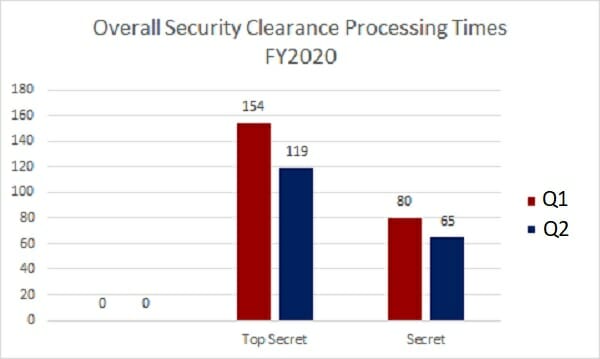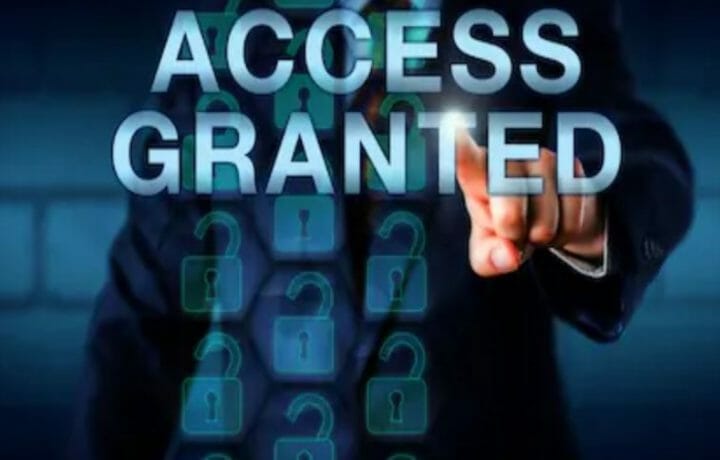If you’ve recently submitted your security clearance application or were in the midst of the process as the coronavirus hit, you may be wondering about the status – or timeline – for your clearance processing. The good news is the Defense Counterintelligence and Security Agency (DCSA) has made significant progress in clearance processing timelines over the course of Fiscal Year 2020. That means even if you run into a few paperwork snags or fingerprinting delays, your background investigation has better chances than it did a year or two ago.

“DCSA’s ability to complete investigations in a more timely manner has improved over the past year, primarily due to significantly reducing the inventory to a more manageable level,” said Cynthia McGovern, a DCSA spokesperson.
She noted that increased workforce capacity, process improvements and national policy changes created the path toward bringing down the backlog, which officially reached its ‘steady state’ earlier this year, and is at around 180,000 cases – a figure well below even previous lows.
While the numbers have been reduced, the released figures are overall numbers, and reflect the fastest 90% of applicants. Industry security clearance applications will typically take a bit longer, and outlying cases can certainly extend into months or even years.
Will COVID-19 Cause Clearance Delays?
DCSA expects Q3 numbers to continue their downward trend – despite COVID-19. The good news is DCSA and the Department of Defense Consolidated Adjudications Facility (DoD CAF) were well poised for COVID closures – a significant percentage of DCSA investigators were already working remotely, particularly contract staff. And the DoD CAF also had a process in place to allow for remote work. Early in the pandemic, DCSA released guidance about moving investigations forward without electronic fingerprints, as some applicants were unable to submit them due to COVID-closures. Expect some delays in getting information verified, as investigators have already expressed difficulty in getting responses from verifiers, from academic institutions to employers.
With the backlog gone and processing times headed in the right direction, government officials are already looking ahead to the next stage in security clearance process reform. At a recent webinar sponsored by the Intelligence and National Security Alliance, Director of the National Counterintelligence and Security Agency William Evanina noted now may be the time to consider what Trusted Workforce 3.0, or 4.0, or 5.0 may look like. Trusted Workforce 1.5 has ushered in the more rapid roll out of continuous vetting into the cleared population. Security officials note that when it comes to reform efforts, everything is on the table – including looking at an overhaul of the adjudicative criteria used to grant or deny security clearances.



